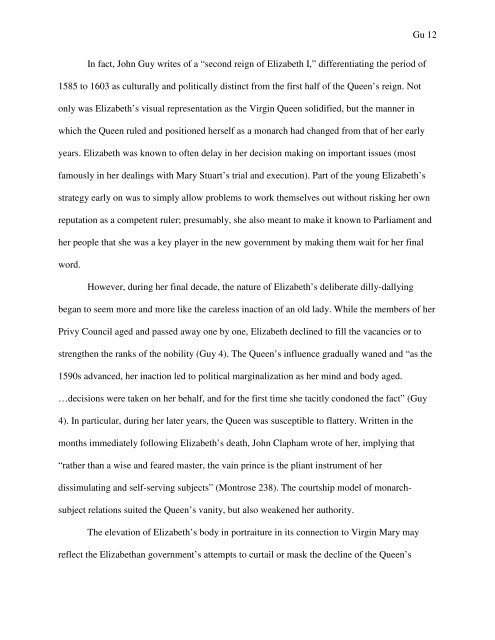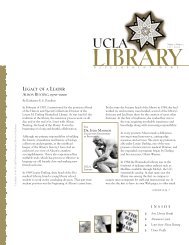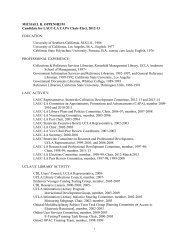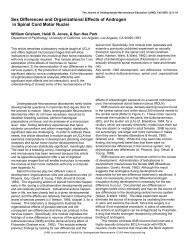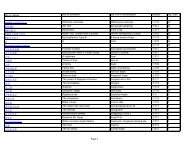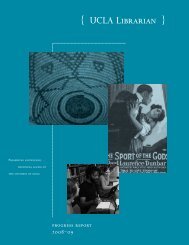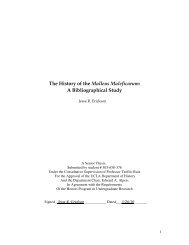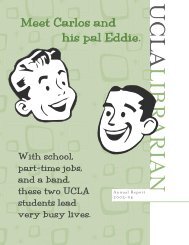Research Paper - UCLA Library
Research Paper - UCLA Library
Research Paper - UCLA Library
Create successful ePaper yourself
Turn your PDF publications into a flip-book with our unique Google optimized e-Paper software.
In fact, John Guy writes of a “second reign of Elizabeth I,” differentiating the period of<br />
1585 to 1603 as culturally and politically distinct from the first half of the Queen’s reign. Not<br />
only was Elizabeth’s visual representation as the Virgin Queen solidified, but the manner in<br />
which the Queen ruled and positioned herself as a monarch had changed from that of her early<br />
years. Elizabeth was known to often delay in her decision making on important issues (most<br />
famously in her dealings with Mary Stuart’s trial and execution). Part of the young Elizabeth’s<br />
Gu 12<br />
strategy early on was to simply allow problems to work themselves out without risking her own<br />
reputation as a competent ruler; presumably, she also meant to make it known to Parliament and<br />
her people that she was a key player in the new government by making them wait for her final<br />
word.<br />
However, during her final decade, the nature of Elizabeth’s deliberate dilly-dallying<br />
began to seem more and more like the careless inaction of an old lady. While the members of her<br />
Privy Council aged and passed away one by one, Elizabeth declined to fill the vacancies or to<br />
strengthen the ranks of the nobility (Guy 4). The Queen’s influence gradually waned and “as the<br />
1590s advanced, her inaction led to political marginalization as her mind and body aged.<br />
…decisions were taken on her behalf, and for the first time she tacitly condoned the fact” (Guy<br />
4). In particular, during her later years, the Queen was susceptible to flattery. Written in the<br />
months immediately following Elizabeth’s death, John Clapham wrote of her, implying that<br />
“rather than a wise and feared master, the vain prince is the pliant instrument of her<br />
dissimulating and self-serving subjects” (Montrose 238). The courtship model of monarch-<br />
subject relations suited the Queen’s vanity, but also weakened her authority.<br />
The elevation of Elizabeth’s body in portraiture in its connection to Virgin Mary may<br />
reflect the Elizabethan government’s attempts to curtail or mask the decline of the Queen’s


